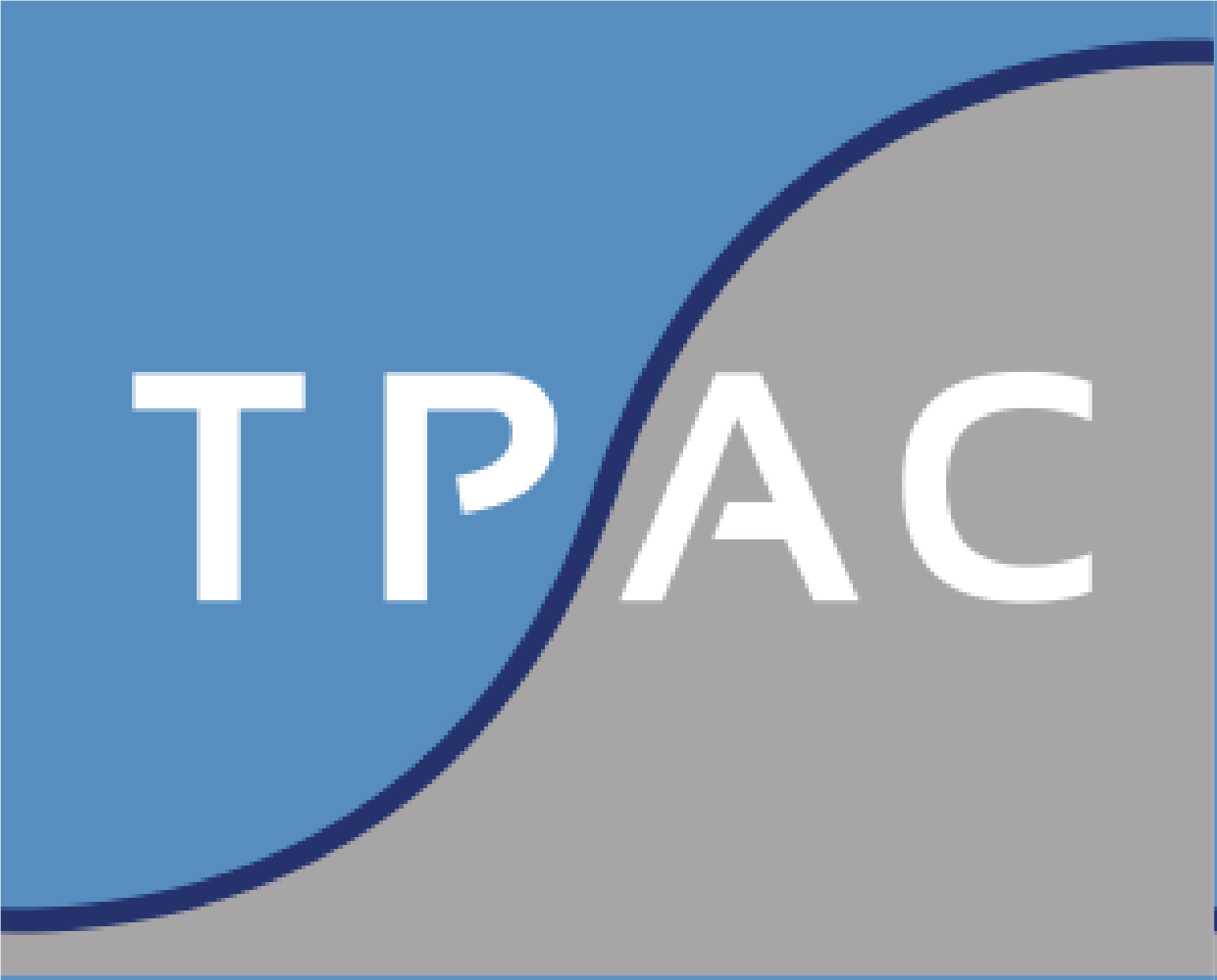Wind industry
The way wind turbines are made is a process comprising thousands of details, but the end result is a product that provides energy for millions of people around the world.
Not in the air but robust UT solutions

For concrete, steel and composites inspections, conventional multi-channel UT, phased array and advanced phased array solutions are available to cover all requirements. Whether your needs are in factory or for field inspections, the unique ability of TPAC to provide customization is key to adapt to your particular needs and requests.
Small form factor, high performance (including high speed) are accompanied by a very experienced team who will support you with representatives in North America, Europe and Asia.
In addition, we provide alternative techniques to achieve even increased inspection speeds, provide immunity from various noises (EMI, structure, surface condition) and manage complex geometries, as well as ensure the reliability and precision of the inspection.
The wind industry is embracing many challenges: mass production, a variety of materials, ever increasing product dimensions, demanding environments, and all requiring the highest services level. TPAC is familiar with these challenges and has developed solutions accordingly, with the forward capability to answer more stringent criteria in the future.
Concrete
Low frequency devices with high performance processing and dedicated software solutions are some of our answers to concrete inspection.
Steel
Whether you want to detect corrosion, porosity or weld defects, our technologies will provide the answers you are expecting and perhaps even more! Whatever the surface contour or condition is, our algorithms will reduce the need for motion control, improve data quality and streamline data interpretation, providing superior resolution images, all leading to shorter inspection times and increased reliability of results.
Composite
In the factory or on site, wind blade inspection is one of the most sensitive and challenging. The impressive results we are achieving with our Adaptive Advanced FMC/TFM imaging will make the invisible visible.

